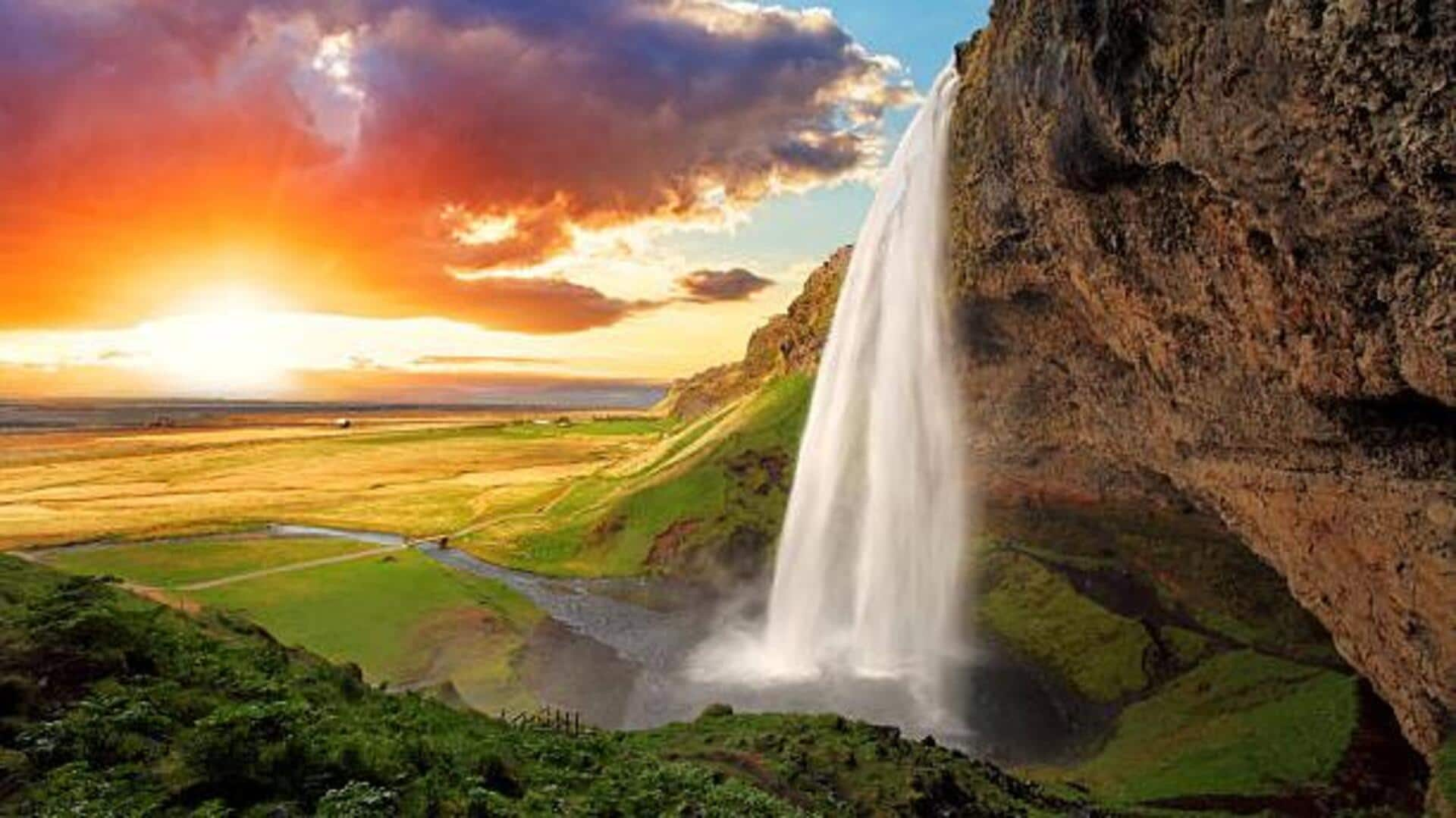
How to explore Lesotho's waterfalls
What's the story
Kayaking through Lesotho's waterfalls is an adventure like no other. The African nation, famous for its mountainous terrain and stunning waterfalls, offers a unique experience for kayaking enthusiasts. The thrill of navigating through the waters, while surrounded by breathtaking landscapes, is something that can be enjoyed by both amateurs and pros. Here's everything you need to know about kayaking through Lesotho's waterfalls.
Timing
Best time for kayaking
The best time to go kayaking in Lesotho is during the summer months from November to March. During this time, the water levels are ideal for kayaking, making it safer and more enjoyable. The weather is also warmer, which adds to the overall experience. However, it's important to check local weather conditions before planning your trip as they can affect water levels and safety.
Gear
Essential gear for kayaking
Having the right gear is important for a safe kayaking experience in Lesotho. A sturdy kayak designed for rough waters is a must, as are life jackets and helmets for safety. Paddles should be lightweight yet durable. Waterproof bags are also essential to keep personal belongings dry during your adventure. Proper footwear that provides grip on wet surfaces can prevent slips and falls.
Navigation
Navigating local waterways
Local waterways in Lesotho can be tricky with their swift currents and hidden rocks. It is important to know the routes beforehand or hire a local guide who knows the area well. They can help you avoid dangerous spots and make the most of your trip by taking you to the best places. Respecting local regulations regarding waterway access is also important.
Safety
Safety tips for adventurers
Safety should always be the priority when kayaking through waterfalls in Lesotho. Always wear a life jacket and ensure all equipment is in good condition before setting out. Stay hydrated and take regular breaks if needed, especially during longer excursions. Be aware of changing weather conditions that could affect water levels or visibility on your journey.